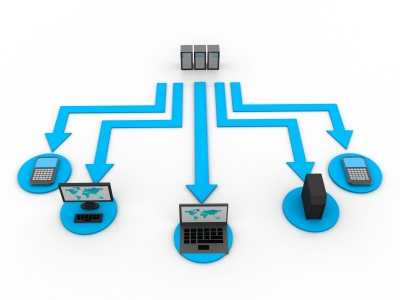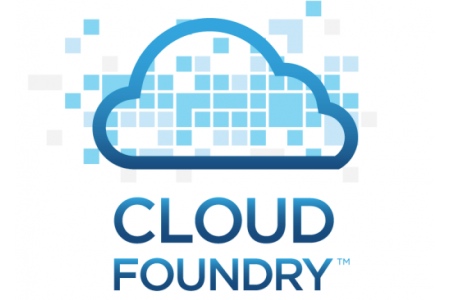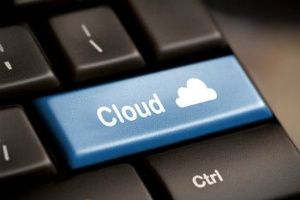John Omwamba | Cloudtweaks
The cloud is expanding everyday and no longer looks like the shapeless puffy fleece that was until recently. The post-millennium years have seen cloud computing tighten to the bursting point since many entrepreneurs have been trying to rent space on their own. There are many ways to approach the topic but the easiest is Infrastructure as a Service (IaaS)—the network in layman’s language. Everything that happens on the web has to pass through the many channels going to and fro the data centers.

This is why when approaching security in cloud computing, one has to begin at the IaaS platform. Unlike other services, like SaaS, the user has no frustrating role to play here. Everything happens courtesy of the hosting platform that takes care of all safety concerns. This is because the center has machines that hold intact the data from various webmasters and intranets in order to keep the business running.
The problem with this service is associating it exclusively with running a data center. In reality, this is only the starting phase of securing the platform. There are many other ways that hosting networks can do to improve the cloud.
Data centers
The first point to keep hands off is the data center. This is where the storage equipment lies and demands both hardware and software safety measures. Many users keep backup programs in case of inadvertent loss. They also keep the machines in an area with optimal temperatures, such as basements.
First Step: Logging sheet
After keeping the server facilities physically safe and internally secure, cloud operators can now move on to the first step. This goes beyond the data facility and refers to controlling whoever comes into contact with information or resources going into or out of the server. The easiest way to do this is to keep a logging sheet. This should be as confidential as possible so that no hackers get their hands on it and track down private information channels. This way, one is able to know which agency runs through the data conduit and what its responsibilities are.
Second Step: Encrypting everything
The second step of security in a cloud computing environment is the encryption of the documents that are in the network, including those that go to the customers. The IaaS environment is notorious for only securing the database’s documents but not those of possible clients outside its hosting. If both types of documents are secured, the cloud becomes secure throughout. The customer who runs a site or makes online purchases needs not to further secure data that comes from such a server.
Final Step: Authenticating
Authentication at the access point is an essential step in IaaS applications. The provider should assign high-end identity details to subscribers before they come into the network. This also applies to the various intranets that have their private clouds running through this master server. It should be the foresight of the operator to give similar ID protocols to private networks that act the same, while giving more exclusive networks original identities. This is after considering the relative trustworthiness of each of the stakeholders.
Following these steps makes the cloud computing environment that runs on an IaaS platform such a trouble-free one. The platform is more than skin deep—it gives physical safety to the database but it also concentrates on the entire information conduit.












